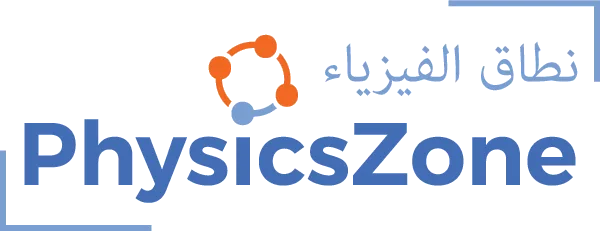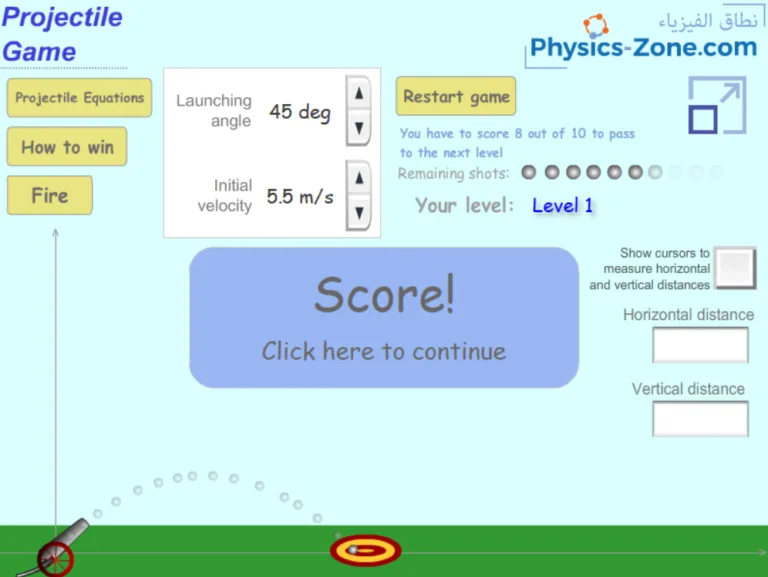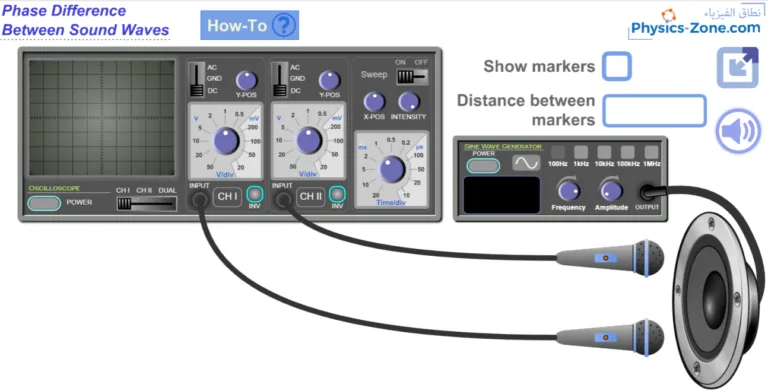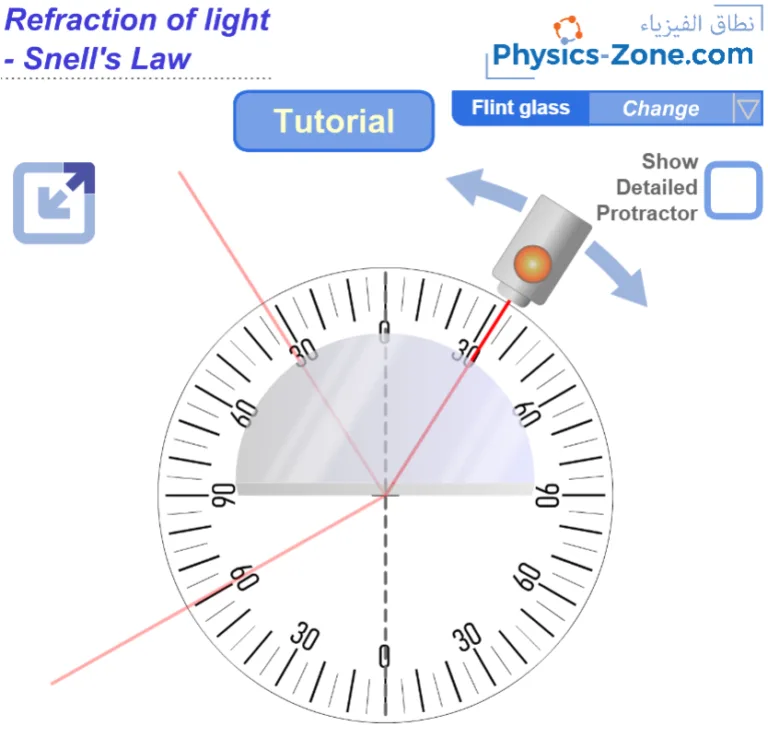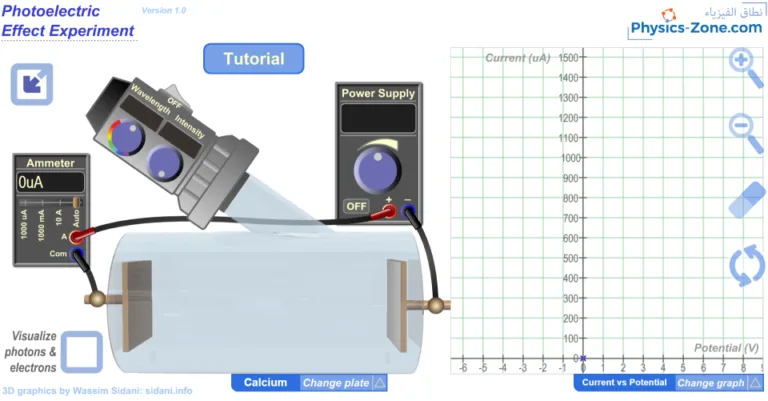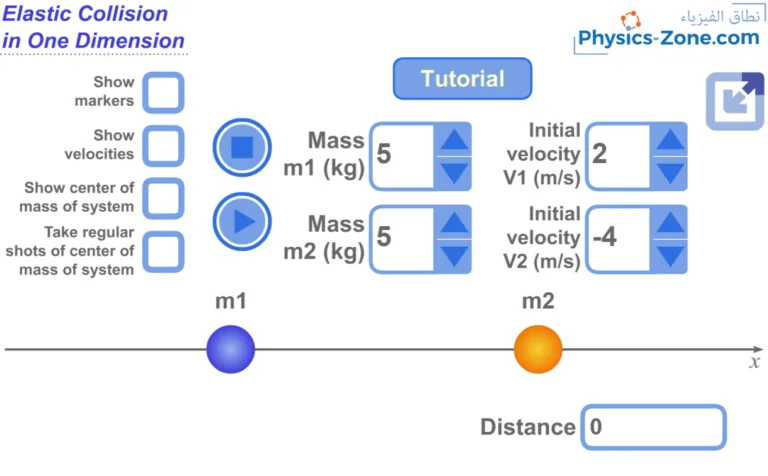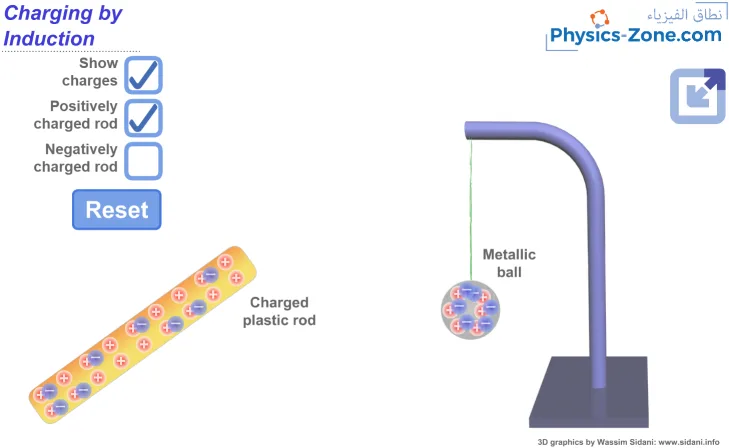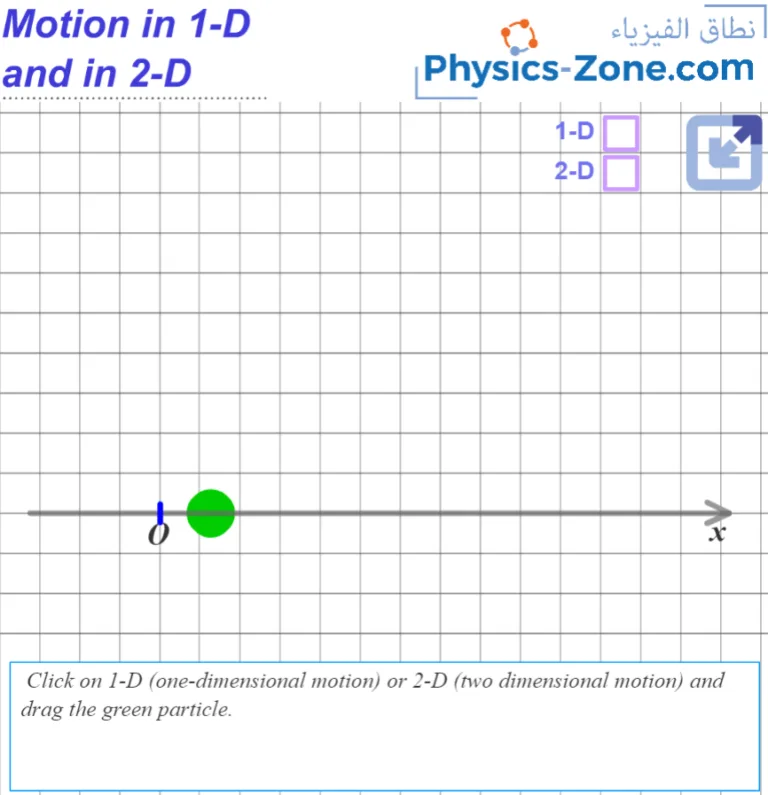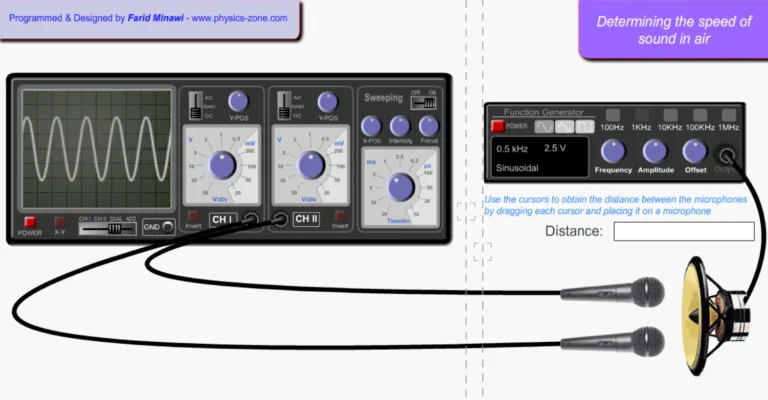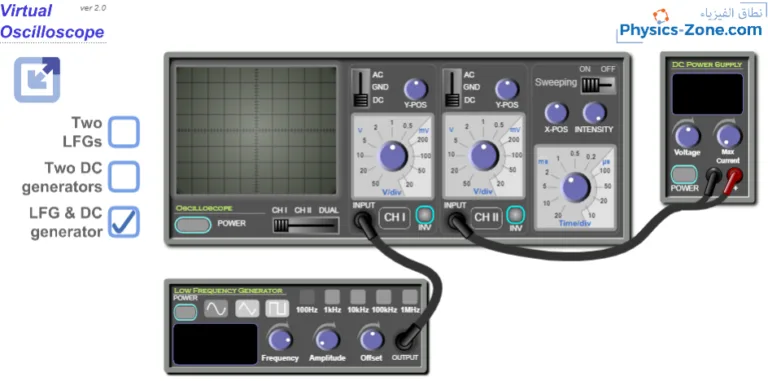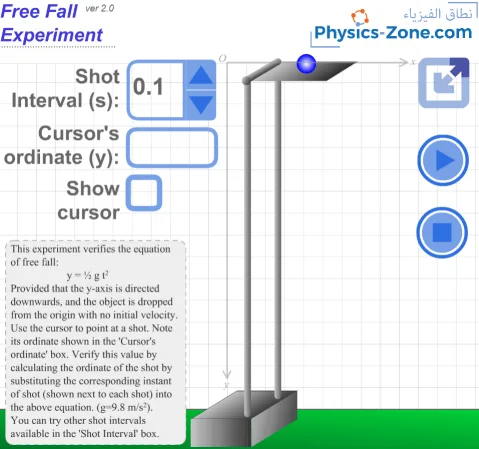Projectile Game
In this game, you must employ the projectile equations to win.
The game consists of three levels, each of which must be completed by scoring at least 8 out of a possible 10 tries. In the first level, you must hit a ground target that shifts position after each attempt. In the second level, you will need to alter the ball’s trajectory to pass over a wall. In the third level, the target flies and changes position both horizontally and vertically in each trial.
